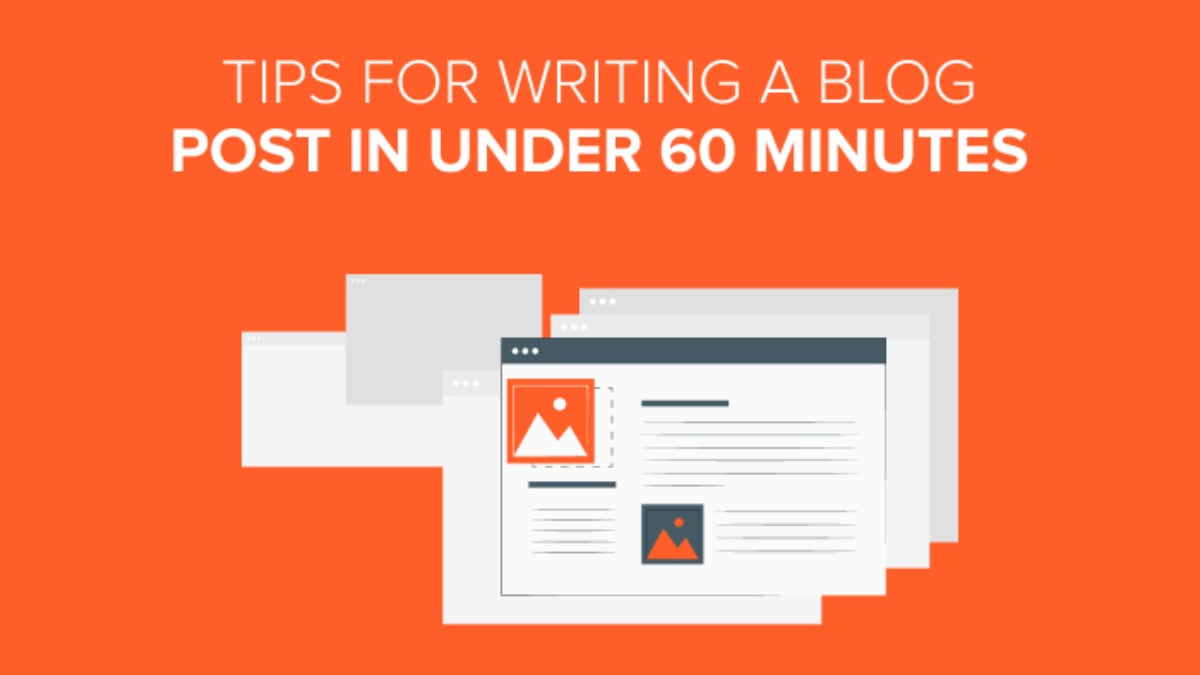How to Write Effective SEO Blog Posts That Engage and Convert
Understanding Your Audience
Before you start writing an SEO blog post, it’s important to understand who your audience is. This will help you tailor your content to their needs, preferences, and interests. Here are some tips for understanding your audience:
1. Conduct market research: Conducting market research is a great way to understand your audience. You can use tools like Google Analytics, surveys, and social media analytics to gather data about your audience’s demographics, interests, and behavior.
2. Create audience personas: Audience personas are fictional characters that represent your target audience. They help you better understand your audience’s needs, challenges, and motivations. When creating audience personas, consider factors like age, gender, job title, income, education, and interests.
3. Analyze your competitors: Analyzing your competitors can help you understand what kind of content resonates with your audience. Look at your competitors’ blogs, social media profiles, and other marketing materials to identify common themes, topics, and formats.
4. Consider your audience’s search intent: Search intent refers to the reason behind a user’s search query. For example, someone searching for “best running shoes” might be looking to buy a pair of shoes, while someone searching for “how to train for a 5k” might be looking for training tips. Understanding your audience’s search intent can help you create content that meets their needs.
5. Use language that resonates with your audience: Using the right language is key to engaging your audience. Consider the tone, voice, and vocabulary that your audience uses. For example, if you’re targeting a young, casual audience, you might use more informal language and slang.
By understanding your audience, you can create content that resonates with them and helps you achieve your SEO goals. So, take the time to research, analyze, and create audience personas to ensure that your content is effective.
Keyword Research and Optimization
Keyword research is an essential step in creating SEO-friendly blog posts. It helps you identify the keywords and phrases your audience uses to search for information related to your blog post topic. Here are some tips for effective keyword research and optimization:
1. Use keyword research tools: There are many keyword research tools available online, such as Google Keyword Planner, Ahrefs, and SEMrush. These tools can help you find relevant keywords, analyze their search volume and competition, and identify related keywords.
2. Consider user intent: When selecting keywords, think about the intent behind the search query. Are users looking for information, products, or services? Use keywords that match the intent of your audience’s search query.
3. Use long-tail keywords: Long-tail keywords are longer, more specific phrases that have lower search volume but higher relevance. They can help you target a specific audience and rank higher in search engine results pages (SERPs). For example, instead of targeting “running shoes,” you could target “best running shoes for flat feet.”
4. Optimize your blog post: Once you have identified your target keywords, optimize your blog post by including them in strategic places, such as the title, meta description, headers, and body text. However, avoid keyword stuffing, which can harm your SEO efforts and make your content sound spammy.
5. Use variations of your keywords: To rank higher in SERPs, use variations of your target keywords, such as synonyms, related terms, and long-tail phrases. This can help you rank for multiple search queries and increase your visibility.
By conducting keyword research and optimizing your blog post, you can improve your chances of ranking higher in search engine results and attracting more organic traffic. However, remember to prioritize creating engaging content that provides value to your audience, rather than focusing solely on keywords.
Creating Engaging Content
Now that you have a good understanding of your audience and have conducted thorough keyword research, it’s time to create engaging content that will keep your readers hooked. Here are some tips for creating content that engages and converts:
1. Start with a compelling headline: Your headline is the first thing that your readers will see, so make it count. Use emotional triggers, numbers, and power words to grab your readers’ attention and make them want to read more.
2. Use storytelling: Storytelling is a powerful technique that can help you connect with your audience on an emotional level. Use anecdotes, case studies, and examples to illustrate your points and make your content more relatable.
3. Break up your content: Long blocks of text can be intimidating and overwhelming for readers. Break up your content into shorter paragraphs, use subheadings, and add images and videos to make your content more visually appealing.
4. Use a conversational tone: Writing in a conversational tone can help you build a connection with your audience and make your content more engaging. Use contractions, ask questions, and use humor to make your content more relatable.
5. Provide value: Your readers are looking for information that is helpful, informative, and actionable. Provide value by offering tips, advice, and insights that your readers can use in their daily lives.
6. Include a call-to-action: A call-to-action (CTA) is a statement that encourages your readers to take a specific action, such as subscribing to your newsletter or buying your product. Make your CTA clear and concise, and place it at the end of your blog post.
By following these tips, you can create engaging content that resonates with your audience and encourages them to take action. Remember, the key to creating effective SEO blog posts is to balance keyword optimization with engaging content that provides value to your readers.
Optimizing Your Blog Post for SEO
Optimizing your blog post for SEO is crucial to ensure that your content reaches your target audience and ranks higher in search engine results. Here are some tips for optimizing your blog post for SEO:
1. Use header tags: Header tags (H1, H2, H3) not only make your content more readable but also help search engines understand the structure of your content. Use your target keyword in at least one of your header tags and make sure to use them in a logical order.
2. Write a meta description: A meta description is a short summary of your blog post that appears in search engine results. Use your target keyword in your meta description and make sure that it accurately reflects the content of your blog post.
3. Optimize your images: Images not only make your content more visually appealing but also provide opportunities for optimization. Use descriptive file names, alt tags, and captions that include your target keyword.
4. Use internal and external links: Internal links to other pages on your website and external links to authoritative sources can help search engines understand the context of your content and improve your rankings. Make sure to use relevant and high-quality links.
5. Optimize your URL: Use a short, descriptive, and keyword-rich URL that accurately reflects the content of your blog post. Avoid using numbers, special characters, and irrelevant words in your URL.
6. Use social media sharing buttons: Social media sharing buttons can help you promote your blog post and increase your visibility. Make sure to place social media buttons in a visible location on your blog post.
7. Use schema markup: Schema markup is a code that helps search engines understand the content of your website. Use schema markup to provide additional information about your blog post, such as the author, date published, and category.
By following these tips, you can optimize your blog post for SEO and improve your chances of ranking higher in search engine results. However, remember to prioritize creating engaging content that provides value to your audience, rather than focusing solely on SEO.
Promoting Your Blog Post
Creating an SEO-friendly blog post is just the first step in getting your content in front of your target audience. To maximize the visibility and reach of your blog post, you need to promote it through various channels. Here are some tips for promoting your blog post:
1. Share on social media: Social media is a powerful tool for promoting your blog post and reaching a wider audience. Share your blog post on all your social media platforms, including Facebook, Twitter, LinkedIn, and Instagram. Use eye-catching visuals and attention-grabbing captions to entice your followers to click through to your blog post.
2. Use email marketing: Email marketing is an effective way to promote your blog post to your subscribers. Send out a newsletter that features your latest blog post and encourages your subscribers to read and share it. Use a catchy subject line and personalized content to increase open rates and engagement.
3. Leverage influencers: Influencers are people who have a large following and can influence their audience’s behavior. Reach out to influencers in your niche and ask them to share your blog post with their followers. You can offer them a free product or service in exchange for their promotion.
4. Participate in online communities: Online communities, such as forums and Facebook groups, are a great way to promote your blog post and connect with your target audience. Join relevant communities and share your blog post when appropriate. Make sure to follow the community’s guidelines and avoid spamming.
5. Use paid advertising: Paid advertising can help you reach a wider audience and drive more traffic to your blog post. You can use platforms like Google Ads, Facebook Ads, and LinkedIn Ads to target your audience based on demographics, interests, and behavior.
6. Repurpose your content: Repurposing your blog post into other formats, such as videos, podcasts, and infographics, can help you reach a wider audience and attract more backlinks. Share your repurposed content on various platforms and link back to your original blog post.
By promoting your blog post through various channels, you can increase its visibility, attract more traffic, and improve your SEO efforts. Remember to track your results and adjust your promotion strategies accordingly. With the right promotion tactics, your blog post can become a valuable asset for your business.
Measuring Success and Making Improvements
After you have published your SEO-friendly blog post and promoted it through various channels, it’s important to measure its success and make improvements for future posts. Here are some tips for measuring success and making improvements:
1. Use analytics tools: Analytics tools, such as Google Analytics, can help you track the performance of your blog post. Monitor metrics like page views, bounce rate, time on page, and conversion rate to understand how your audience interacts with your content.
2. Set goals: Setting goals for your blog post can help you measure its success and identify areas for improvement. For example, your goal might be to increase organic traffic by 20% or to generate 50 leads.
3. Conduct A/B testing: A/B testing involves creating two versions of your blog post and testing them to see which one performs better. You can test different elements, such as headlines, images, and CTAs, to see which one resonates more with your audience.
4. Collect feedback: Collecting feedback from your audience can help you understand their needs, preferences, and pain points. You can use tools like surveys, comments, and social media to gather feedback and improve your content.
5. Audit your content: Conducting a content audit can help you identify gaps, redundancies, and opportunities for improvement in your blog post. Look for areas where you can add more value, update outdated information, or provide more detail.
6. Optimize for mobile: With more and more people accessing the internet through their mobile devices, it’s important to optimize your blog post for mobile. Make sure your blog post is mobile-friendly, loads quickly, and has a responsive design.
By measuring the success of your blog post and making improvements, you can continue to refine your content and achieve your SEO goals. Remember to prioritize creating engaging content that provides value to your audience, and use analytics tools and feedback to guide your improvement efforts.














 Over 10 years of experience in managing all size of tech projects.
Over 10 years of experience in managing all size of tech projects.